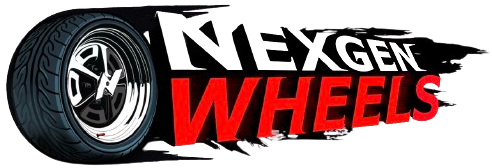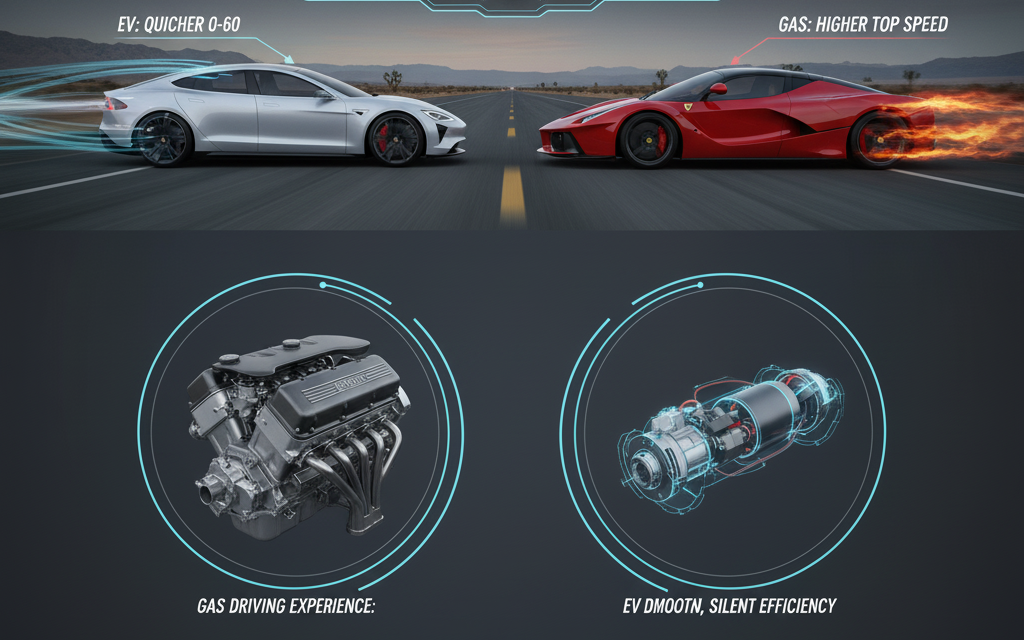For decades, gas-powered vehicles have been the undisputed kings of speed and performance. From Ferrari to Lamborghini, these roaring machines have defined what it means to drive fast. However, in recent years, the electric car has emerged as a formidable rival. By 2025, the fastest electric car models are not only challenging traditional supercars but, in many cases, outperforming them.
The question is no longer whether EVs can keep up — it’s whether they can redefine performance altogether. Let’s dive into how the fastest EVs compare with gas cars and what that means for the future of driving.
The Rise of the Electric Car
The electric car was once thought of as a practical, eco-friendly alternative to gas vehicles — good for saving money on fuel but lacking the thrill of speed. That perception has changed dramatically. Automakers like Tesla, Lucid, Rimac, and Porsche have proven that EVs can combine sustainability with blistering performance.
With instant torque, advanced aerodynamics, and cutting-edge software, the fastest electric car today accelerates faster than most traditional supercars. For example, the Rimac Nevera rockets from 0–60 mph in under 2 seconds, a feat that rivals or surpasses some of the world’s fastest gas-powered hypercars.
How the Fastest Electric Car Compares to Gas
When comparing EVs and gas cars, performance can be evaluated in several key areas:
1. Acceleration
The fastest electric car holds a clear advantage in acceleration. Electric motors deliver instant torque, meaning power is available immediately, without the delay of gear shifts or turbo lag. Cars like the Tesla Model S Plaid and Aspark Owl can sprint to 60 mph faster than most gas-powered rivals.
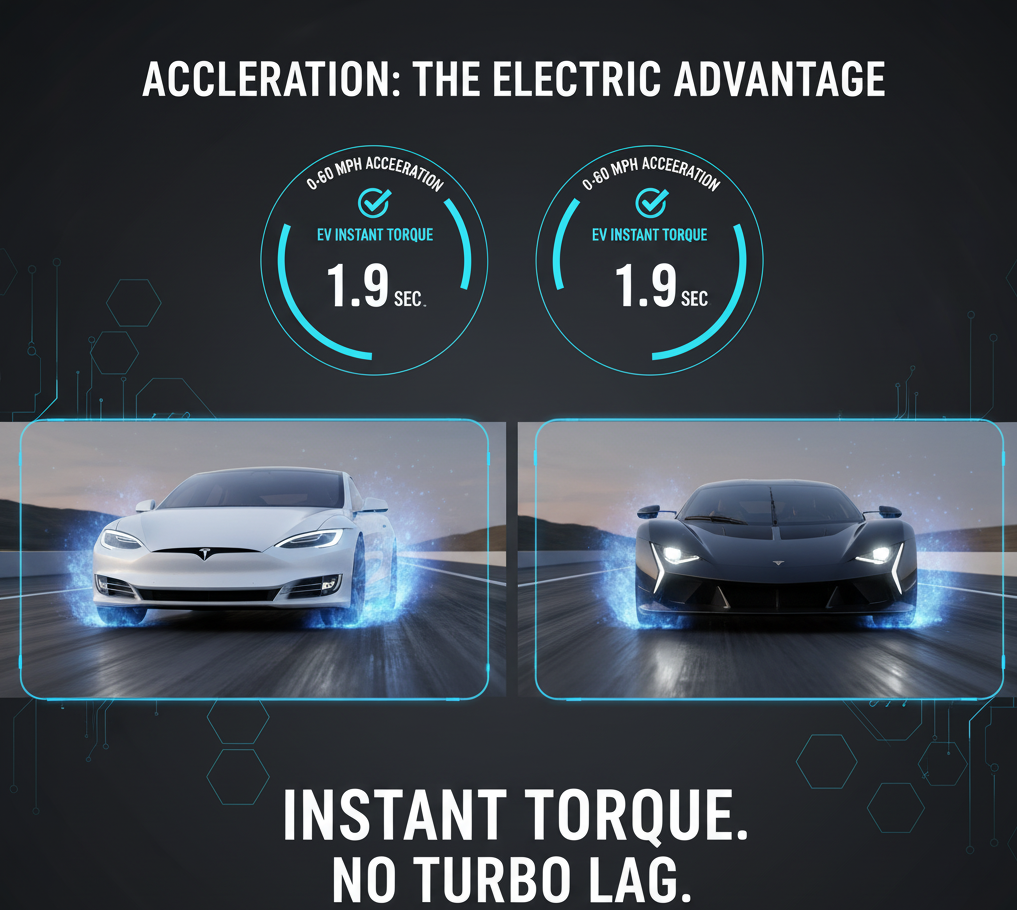
2. Top Speed
Gas cars still dominate when it comes to top speed. Supercars like the Bugatti Chiron or Koenigsegg Jesko push beyond 270 mph, while even the fastest EVs usually top out around 250–260 mph. Automakers are improving EV aerodynamics, but battery limitations still restrict maximum speeds.
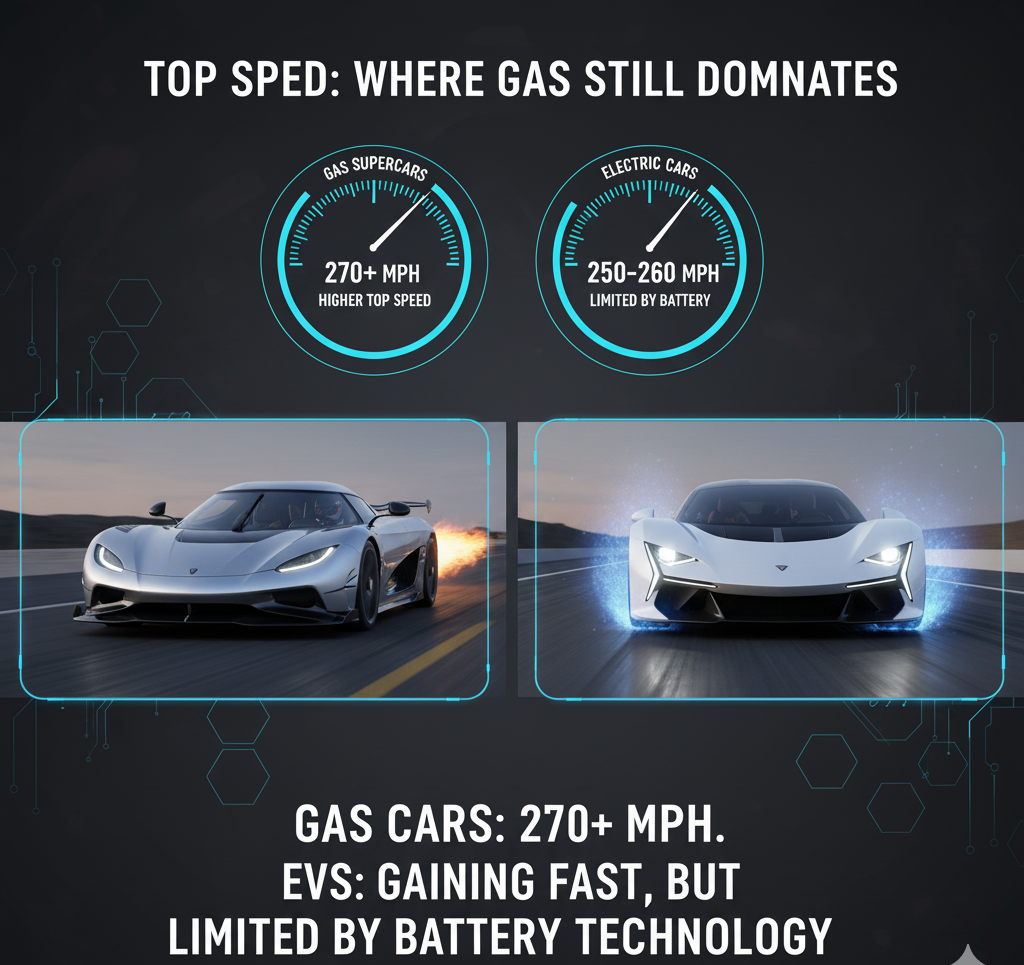
3. Driving Range vs. Refueling
Gas cars benefit from quick refueling times and longer ranges in some cases. An electric car typically requires 20–40 minutes at a fast charger to recover significant range, though advancements are narrowing this gap. EVs like the Lucid Air already achieve over 400 miles per charge, bringing them closer to gas counterparts.
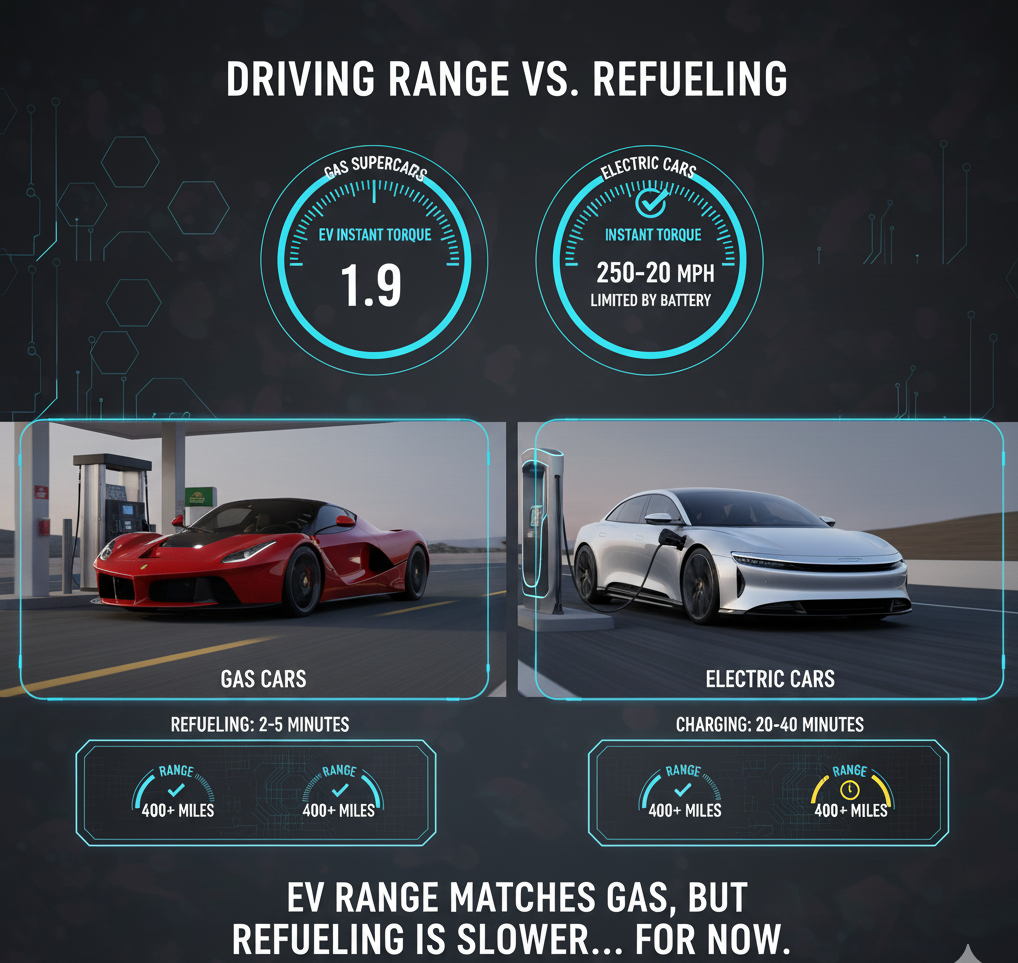
4. Handling and Balance
The heavy battery packs in EVs are usually positioned low in the chassis, lowering the center of gravity. This gives electric cars superior handling and cornering ability compared to many gas cars of similar weight.
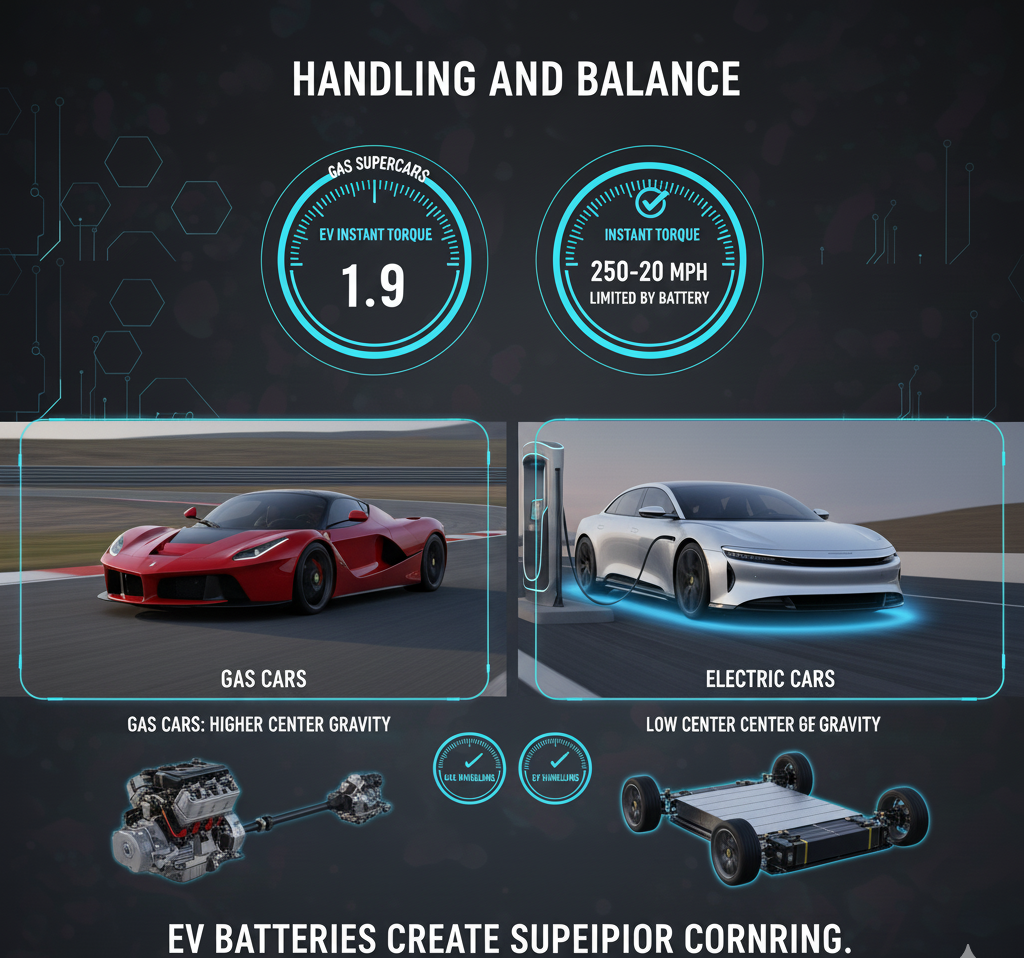
5. Maintenance
Gas engines require oil changes, exhaust system maintenance, and more moving parts, leading to higher upkeep. EVs are simpler mechanically, which often makes them cheaper and more reliable in the long term.

Examples of the Fastest Electric Cars in 2025
By 2025, several EVs stand out as leaders in performance:
- Rimac Nevera – 1,914 horsepower, 0–60 mph in 1.85 seconds, top speed ~258 mph.
- Tesla Model S Plaid – Accessible performance sedan with sub-2 second 0–60 mph times.
- Aspark Owl – Japanese hypercar with claimed acceleration under 1.9 seconds.
- Lucid Air Sapphire – Luxury EV sedan blending speed with refinement, 0–60 mph in 1.9 seconds.
These models prove that the fastest electric car is no longer just a niche experiment — it’s a production reality.
Gas Cars Still Hold Their Ground
While EVs dominate in acceleration and handling, gas cars continue to have advantages:
- Higher Top Speeds – Extreme hypercars like the Bugatti Chiron Super Sport still push beyond EV limits.
- Emotional Experience – The sound of a V8, V10, or V12 engine provides a visceral thrill that silent EVs cannot replicate.
- Established Motorsport Legacy – Gas cars dominate Formula 1, Le Mans, and other traditional racing circuits, though EV motorsport is growing.
- Refueling Convenience – Filling a gas tank in minutes remains easier than EV charging, especially in regions with limited infrastructure.
Gas cars continue to deliver an unmatched sensory experience, which many enthusiasts value as much as raw performance numbers.
The Role of Technology in EV Performance
The fastest electric car relies on constant technological innovation. Advances include:
- Solid-State Batteries: Promise greater energy density and faster charging.
- Software-Controlled Power Delivery: EVs can fine-tune performance instantly, adjusting traction and torque vectoring for maximum grip.
- Aerodynamics: Designs optimized for reduced drag improve both top speed and range.
- Multiple Motor Systems: Dual, triple, or quad motors give EVs incredible control and responsiveness.
These advancements are allowing EVs to outperform traditional cars in areas where gas engines once ruled supreme.
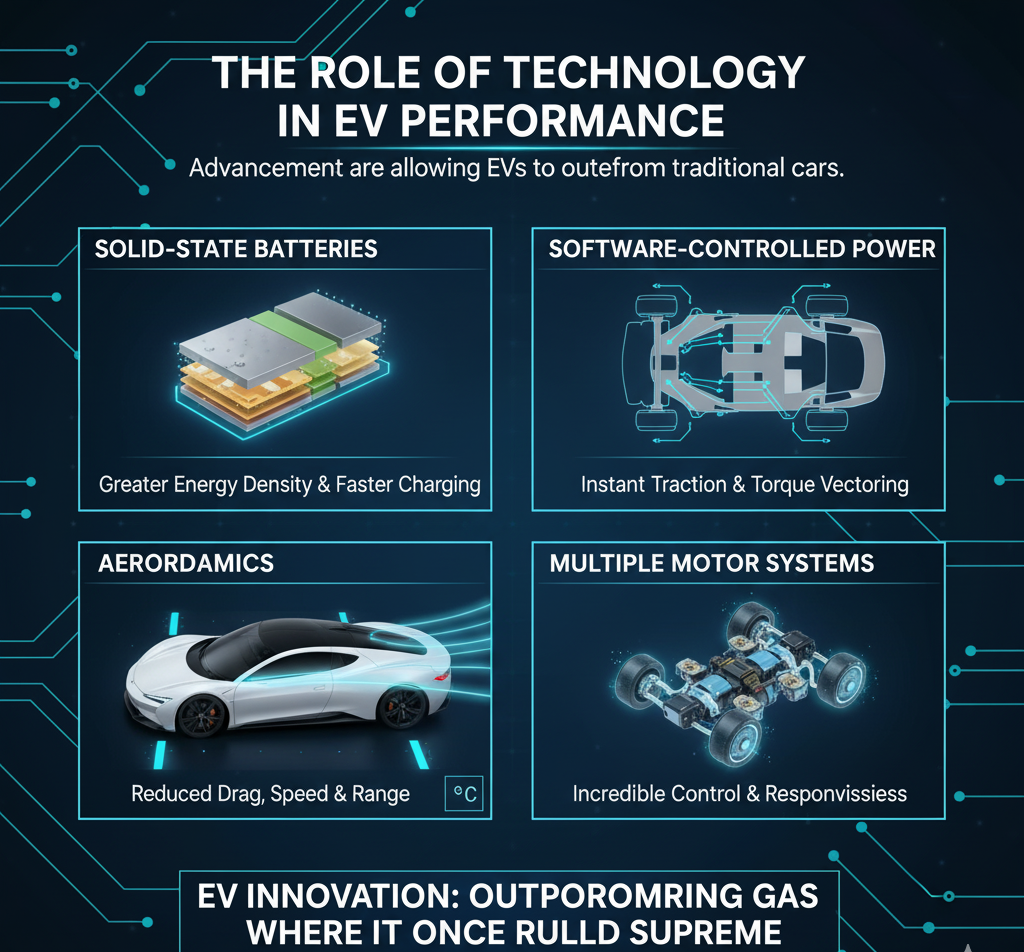
Can EVs Compete with Gas Cars in 2025?
The answer is clear: yes. The fastest electric car models in 2025 already surpass most gas supercars in acceleration, handling, and efficiency. However, competition between EVs and gas cars depends on what aspect of performance matters most:
- For speed off the line: EVs win.
- For top-end velocity: Gas cars still hold the crown.
- For driving emotion and sound: Gas-powered engines remain unmatched.
- For sustainability and innovation: EVs lead the way.
In reality, EVs and gas cars now cater to different audiences. Enthusiasts seeking raw tradition may stick with gas, while forward-looking drivers embrace EVs as the new frontier of performance.
The Future of Performance Cars
Looking ahead, the balance will continue to shift in favor of EVs:
- Infrastructure Growth: More fast-charging stations will reduce range anxiety and long charging times.
- Affordable Performance EVs: As technology costs drop, more consumers will access high-performance EVs at lower prices.
- Motorsport Evolution: Formula E and other electric racing series will grow, pushing EV innovation further.
- Sustainability Goals: With global regulations tightening emissions standards, the electric car is poised to dominate.
By 2030, it’s likely that the fastest electric car will far exceed the capabilities of most gas-powered vehicles, both in acceleration and overall usability.
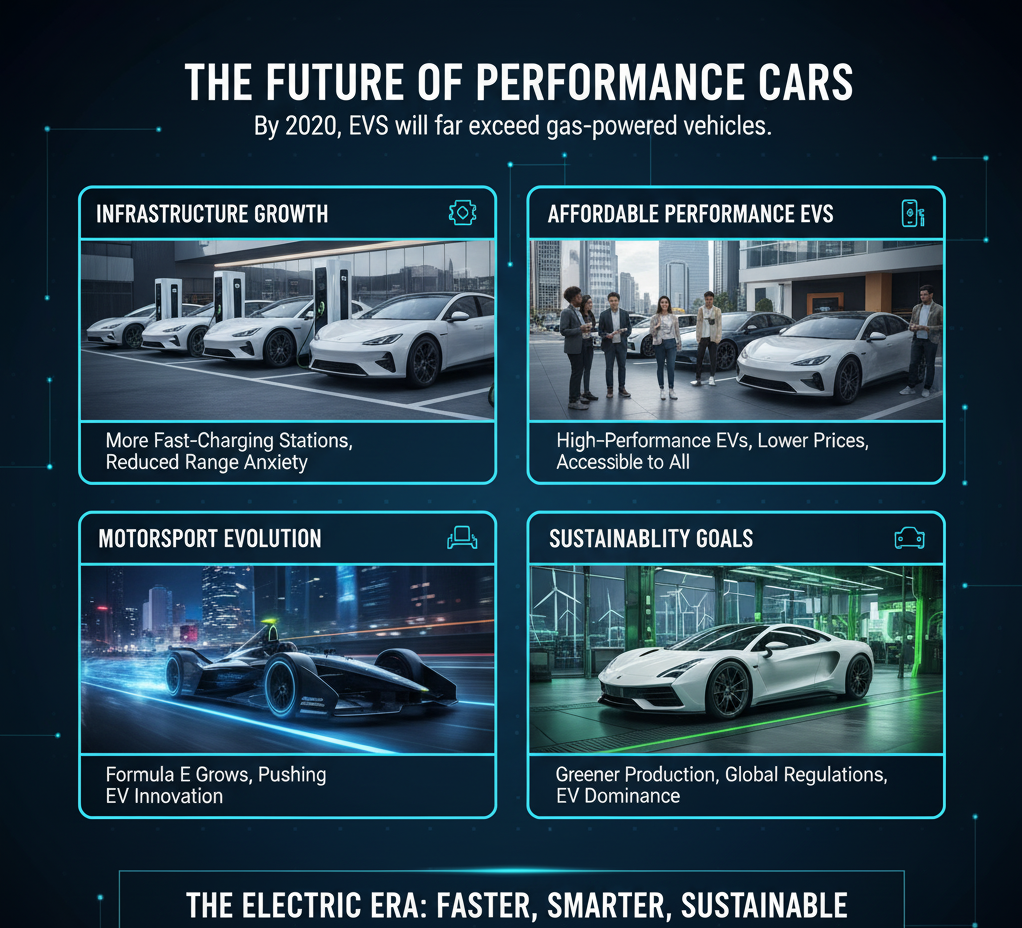
Key Takeaways
- The fastest electric car models in 2025 already surpass many gas cars in acceleration and handling.
- Gas cars retain an edge in top speed, fueling convenience, and emotional driving experiences.
- EV technology is advancing rapidly, with solid-state batteries, multi-motor setups, and advanced software leading the charge.
- Both EVs and gas cars offer unique benefits, but the future of high-performance driving increasingly belongs to the electric car.
Conclusion
The competition between gas cars and EVs has never been closer. In 2025, the fastest electric car proves that sustainability and high performance are not mutually exclusive. While gas cars still offer emotional thrills and higher top speeds, EVs deliver unmatched acceleration, advanced technology, and a glimpse into the future of driving.
At Nexgenwheels, we believe the rise of the electric car is not about replacing tradition but about expanding what performance can mean. With every passing year, the line between gas-powered heritage and electric innovation grows thinner. The future of performance is already here — and it’s electric, a transformation that Nexgenwheels continues to highlight for enthusiasts and everyday drivers alike.

